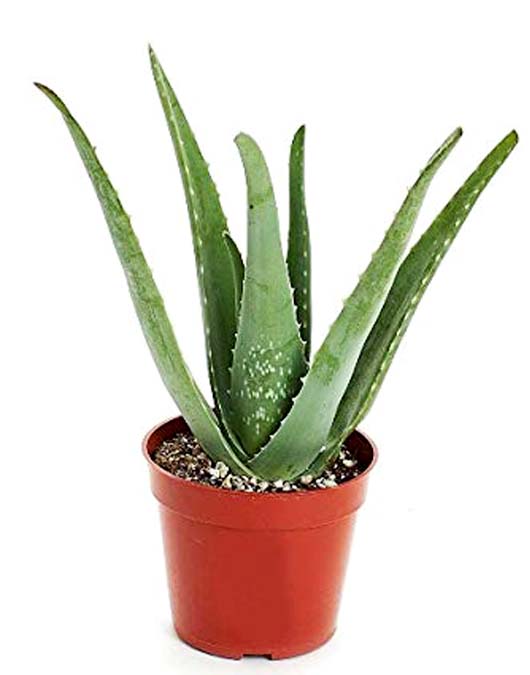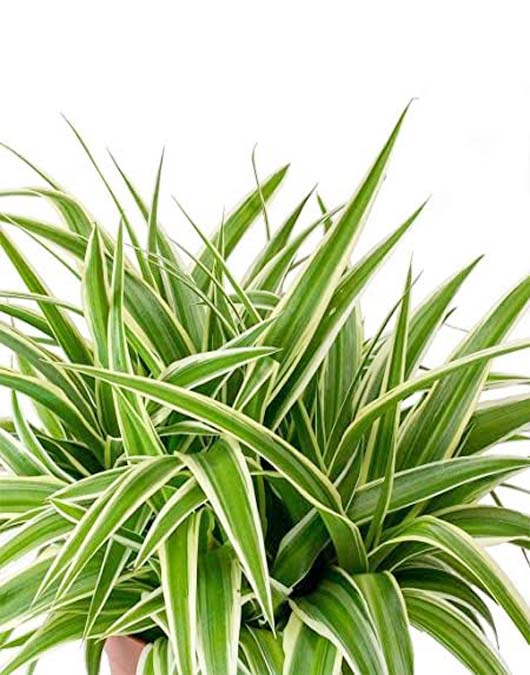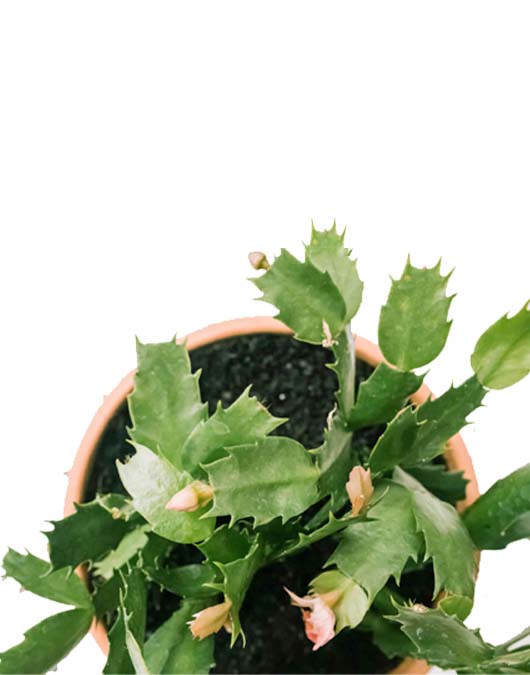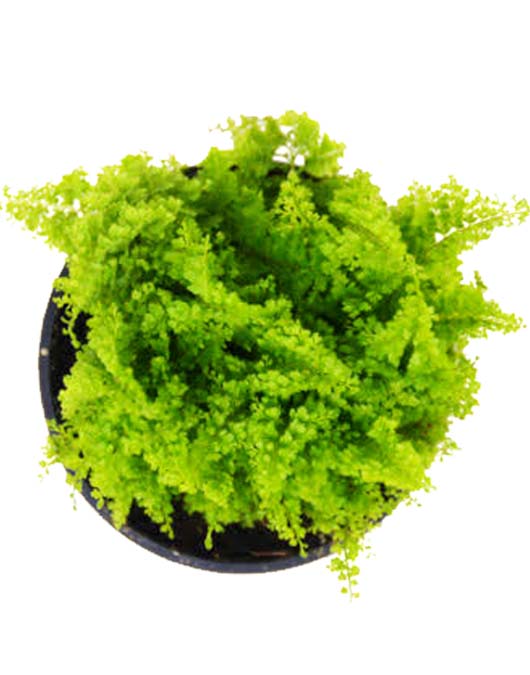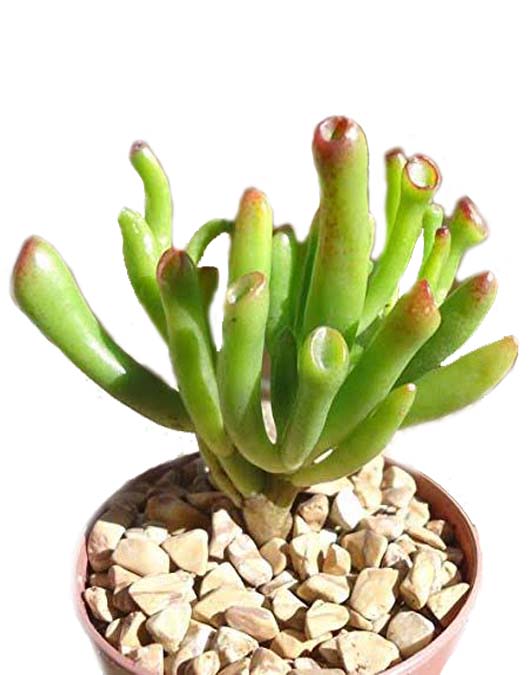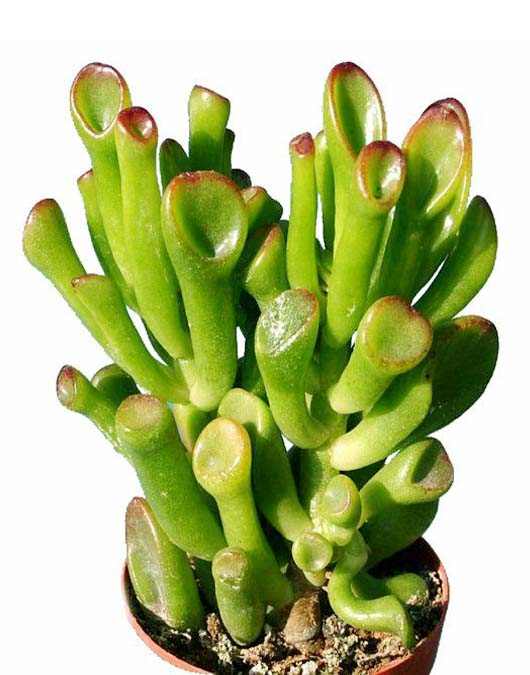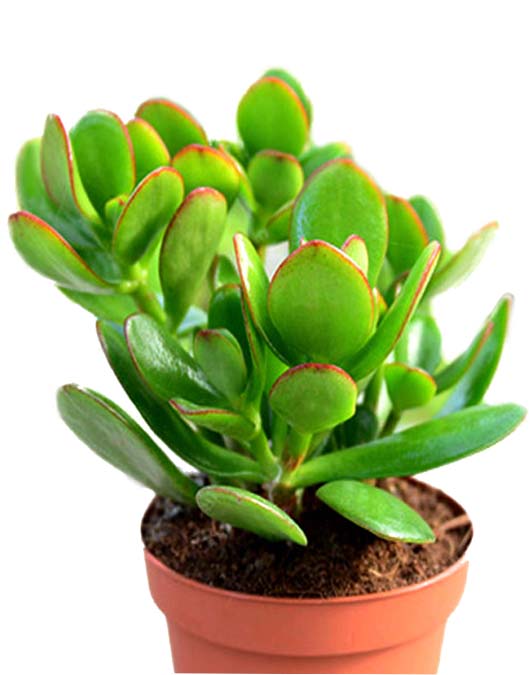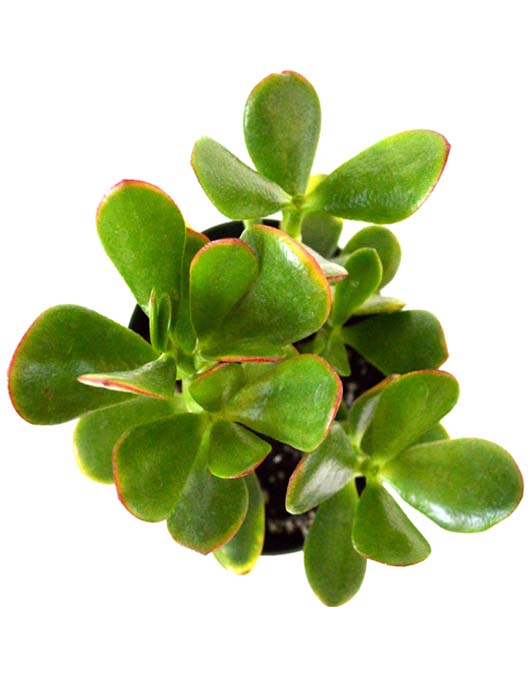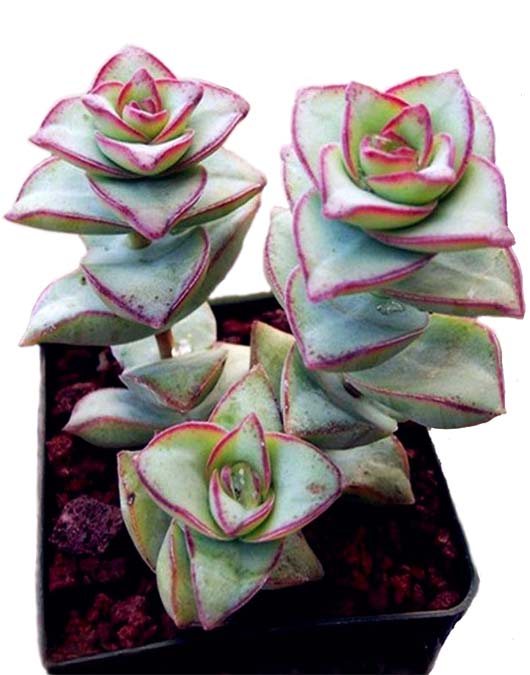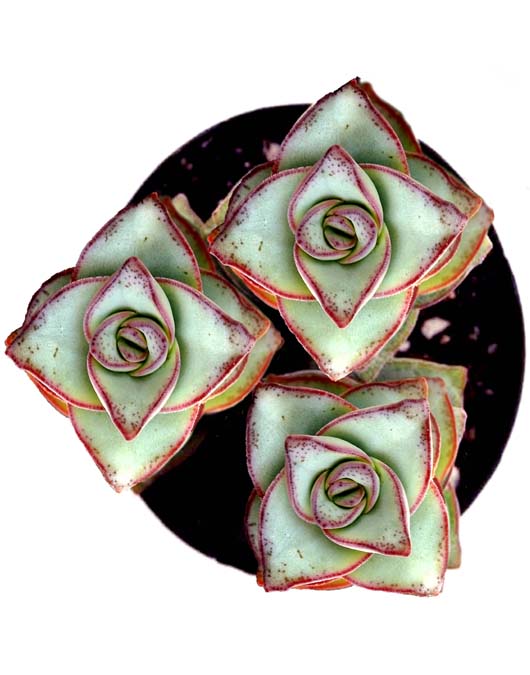- Chlorophytum comosum, usually called spider plant but also known as spider ivy, ribbon plant,
- NASA research found that the spider plant has air purifying capabilities. This plant can remove up to 90% of the potentially toxic chemicals floating around. Stress can be limited and mental health boosted when the air is purer in a room.
- The Spider plant is among the most adaptable houseplant and very easy to grow. Even For Beginners
- During the summer, spider plants may produce tiny white flowers on long stems
- Plant Will Be Given With Free Plastic Pot
- If you are looking to fill your home with festive, indoor plants for the holiday season, Christmas cacti make a great addition to your House Décor. They bloom right in time for Christmas and are stunning to look at when they flower. Set them in an east-facing window and watch their green hanging branches bloom with red, white, yellow, pink or purple flowers. Luckily, these plants are easy to maintain and their blooming period is long-lasting, over the course of a several weeks.
- Christmas cactus may be known under various names (like Thanksgiving cactus or Easter cactus), the scientific name for Christmas cactus, Schlumbergera bridgessii, remains the same – while other plants may differ. This popular, winter-flowering houseplant makes a great addition to nearly any indoor setting. Christmas cactus is not only easy to care for but propagates easily too,
- The Christmas cactus is a very popular houseplant—and for good reason! When they bloom, they produce colorful, tubular flowers in pink or lilac colors. Their beautiful flowers, long bloom time, and easy care requirements make them a wonderful plant. We’ll bet someone in your family has a Christmas cactus!
- Plant Will Be Given With Free Plastic Pot.
- The cotton candy fern plant’s Latin name is Nephrolepis exaltata.
- Nephrolepis Exaltata ‘Cotton Candy’ is a lusciously thick evergreen fern with beautiful sword-shaped leaves.
- The Cotton Candy fern has many soft and fluffy light-green leaves that flare up and outward as they grow.
- Plant Will Be Given With Free Plastic Pot
- Crassula ovata. Jade plants are succulents with fleshy foliage
- Gollum Jade, also known as Crassula Ovata or “Money Plant”, is a small shrubby succulent
- Crassula ovata, commonly known as jade plant, lucky plant, money plant or money tree, is a succulent plant with small pink or white flowers
- Crassula ovata, commonly known as jade plant, lucky plant, money plant or money tree, is a succulent plant with small pink or white flowers that is native to the KwaZulu-Natal and Eastern Cape provinces of South Africa, and Mozambique; it is common as a houseplant worldwide
- Crassula ovata Gollum is a fun and fashionable variety of Crassula. It is smaller and more compact than the standard variety. Its leaves are a fascinating slender, tubular shape, ending in red tips that look like suction cups.
- Plant Will Be Given With Free Plastic Pot
- Crassula ovata, commonly known as jade plant, lucky plant, money plant or money tree, is a succulent plant with small pink or white flowers that is native to the KwaZulu-Natal and Eastern Cape provinces of South Africa, and Mozambique.
- Crassula Ovata Plant is a Popular Good Luck Charm
- Live Lucky Plant For Home & Office
- Plant Will Be Given With Free Plastic Pot
- “String of Buttons” is a shrub succulent. It grows well indoors, and does well in terrariums. The triangle-shaped leaves grow opposite each other and spiral around the stem, causing it to look stacked. The gray-green leaves may have a pinkish tint to the edges if given enough light. Look for pale yellow flowers in the spring.
- Crassula perforata “String of Buttons” is an easy-to-care-for succulent, perfect for beginners and indoor growing It is fast growing
- They have small, tight leaves that appear to spiral around their stem.
- “String of Buttons” has typical watering needs for a succulent. It’s best to use the “soak and dry” method, and allow the soil to dry out completely between waterings.
- The plant grows straight up at first, then sprawls and appears to spill out of the pot as it matures. They can grow upto over 1 ft. (30cm) long.
- Plant Will Be Given With Free Plastic Pot
- Crassula Variegated ‘Money Maker’: A houseplant or landscaping plant in warm climates. This shrubby, branching succulent has thick stems and fleshy, obovate leaves.
- Unlike most jade plants, ‘Money Maker’ has soft, velvety hairs covering its leaves. It is a great plant for succulent beginners and can tolerate both low light and neglect. It usually grows to 3.0″ tall and spreads to 6.0″ wide, but it also takes well to bonsai pruning.
- Water needs only moderate watering when established Keep in direct sun, water in morning, and water only when soil is fully dry
- Plant will be given With Free Plastic Pot
- Bromeliad Plant are unusual houseplants perfect for adding a dash of color and texture to your spaces.
- Earth Star Most commonly used in open or closed Terrariums & dish gardens as a centerpiece.
- Bromeliad plant care is easy and requires no special tools or fertilizers
- The plant is prized for its thick foliage that grows in a natural rosette. Near the end of its life, a bromeliad plant may produce an inflorescence, or flower. whose form and color vary widely among each variety. The wide leaves are sword shaped or scoop-like and grow around a central “cup.” This cup catches water in the plant’s habitat.
- Plant will be given With Free Plastic Pot

